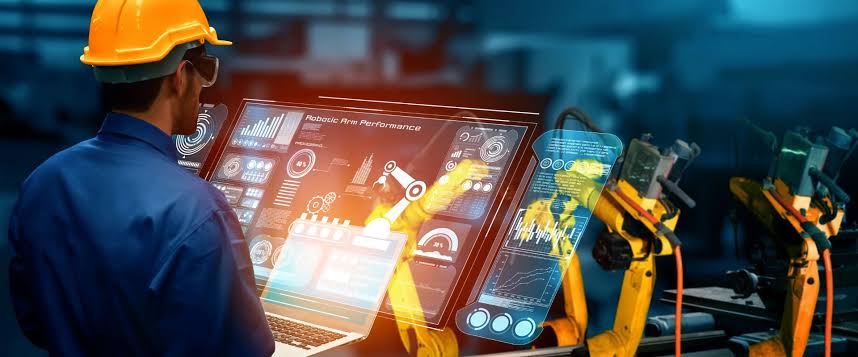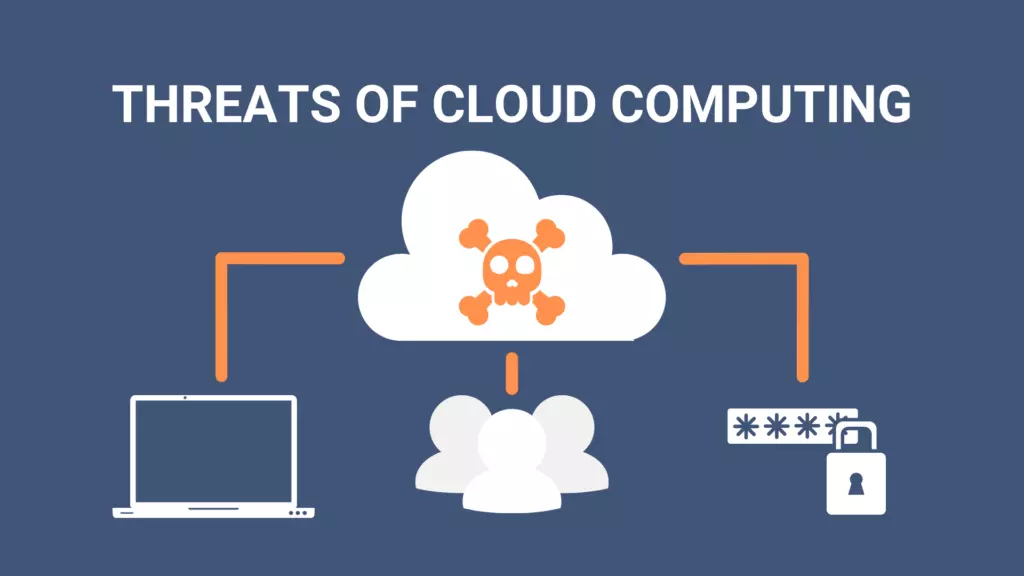Predictive maintenance is transforming how industries manage equipment, machinery, and infrastructure. Traditionally, maintenance strategies were either reactive, waiting until something broke, or preventive, following a fixed schedule regardless of the machine’s actual condition. Machine learning has changed this by allowing businesses to predict equipment failures before they occur, reducing downtime, cutting costs, and improving efficiency.
Understanding Predictive Maintenance
Predictive maintenance uses data-driven insights to determine when a piece of equipment is likely to fail. Instead of relying on guesswork, it analyzes patterns in performance, environmental conditions, and historical maintenance records to forecast potential problems.
Machine learning plays a key role in making these predictions more accurate by processing vast amounts of data from multiple sources in real time.
How Machine Learning Enhances Predictive Maintenance
Machine learning algorithms can:
- Analyze historical performance and sensor data
- Detect anomalies that signal wear or damage
- Predict when maintenance should be performed to prevent breakdowns
- Continuously improve accuracy through new data inputs
This means that businesses can move from rigid maintenance schedules to a dynamic, condition-based approach.
Key Data Sources for Machine Learning Models
The effectiveness of predictive maintenance depends on high-quality, relevant data. Common data sources include:
- Sensor readings from IoT devices on equipment
- Operational data such as temperature, vibration, and pressure levels
- Maintenance logs and repair histories
- Environmental conditions affecting equipment performance
Machine learning models process these datasets to identify early warning signs of failure.
Benefits of Machine Learning in Predictive Maintenance
Implementing machine learning for predictive maintenance offers several advantages:
- Reduced downtime by addressing issues before they cause failures
- Lower maintenance costs through targeted interventions
- Extended equipment lifespan with timely servicing
- Improved safety by preventing accidents caused by equipment malfunction
- Optimized resource allocation by scheduling maintenance only when needed
Common Machine Learning Techniques Used
Several machine learning methods are applied in predictive maintenance, including:
- Regression analysis to estimate remaining useful life of equipment
- Classification algorithms to categorize equipment as functional or faulty
- Anomaly detection models to spot unusual patterns in real-time data
- Neural networks for complex pattern recognition and prediction
Real-World Applications
Machine learning-driven predictive maintenance is being adopted across industries such as:
- Manufacturing for assembly line machinery
- Aviation for aircraft engine monitoring
- Energy for power plant turbines and grid equipment
- Transportation for fleet vehicle maintenance
- Oil and gas for pipeline and drilling equipment safety
In each case, early problem detection reduces operational disruptions and improves reliability.
Challenges in Implementation
While the benefits are clear, adopting machine learning for predictive maintenance comes with challenges:
- High initial costs for sensors and data infrastructure
- Need for skilled data scientists and engineers
- Data privacy and security concerns in connected systems
- Integrating machine learning tools with existing maintenance systems
Overcoming these requires a well-planned strategy that includes staff training, robust cybersecurity, and gradual scaling.
Future of Predictive Maintenance with Machine Learning
Advancements in artificial intelligence, edge computing, and 5G connectivity will make predictive maintenance even more precise and accessible. Real-time analytics powered by machine learning will enable instant decision-making, while self-learning systems will adapt to changing conditions without human intervention.
In the future, predictive maintenance will likely become the default approach in many industries, reducing waste, lowering operational costs, and improving equipment performance.



